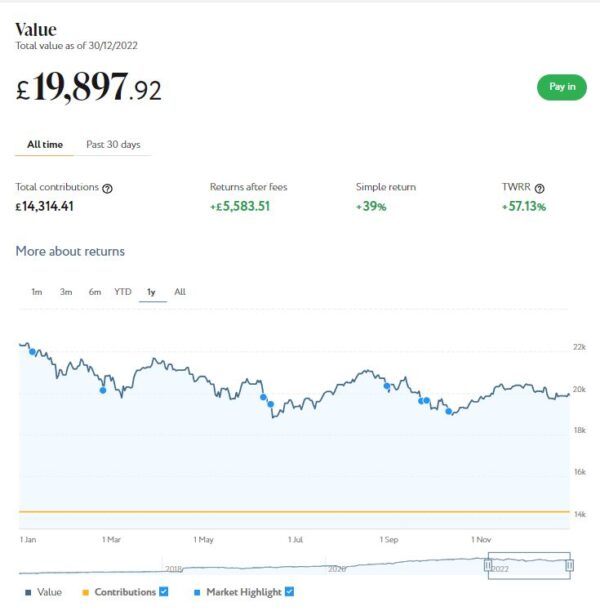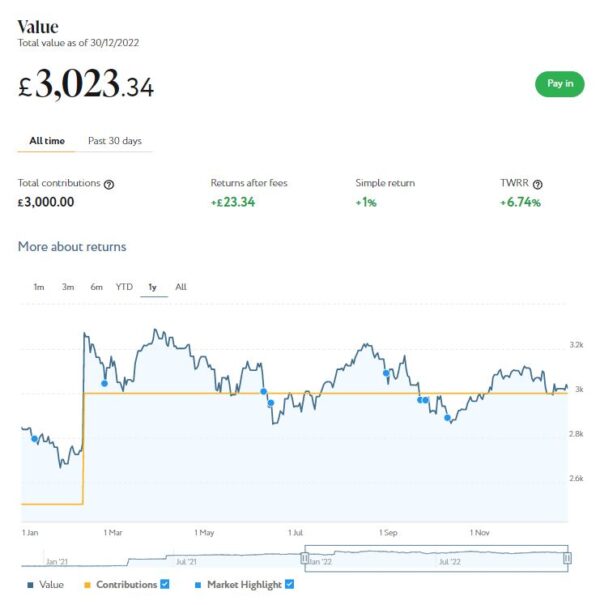Silver Splitters: How to Navigate Divorce at a Later Stage in Life
Today I am pleased to bring you an expert guest post on a subject that unfortunately affects growing numbers of middle-aged and older people.
Separation and divorce can have a massive impact on your finances, so it’s important to be prepared and take advice as appropriate. Senior divorce lawyer Natalie Lester explains…
It’s always sad to see a marriage come to an end but it is particularly so when a couple have been together for 30 or 40 years. Unfortunately, divorce rates for those of retirement age are on the rise and our family law and divorce team have found a significant increase in the instructions received from those aged 55 and over.
There are several likely reasons for the increase, some of which include:
- Life expectancy. People are living longer and many couples find they have grown apart by the time they get to their sixties and their children have left home. People often have many years ahead of them after they retire, and this can cause them to re-evaluate their life.
- Reduced stigma. Throughout the 60s, 70s and 80s, there was a negative attitude and stigma towards divorce and divorcees. Today, we see a far more accepting attitude towards divorce in a more liberal society.
- Female equality. In contrast to a few decades ago when women were far more likely to become housewives rather than pursue their own career ambitions, married women today often earn as much or even more than their husbands. Greater financial equality provides a greater sense of freedom so women of all ages are now more confident to end a marriage that has broken down.
- Meeting new partners. This has become easier thanks to online dating websites and because retirees are more active in retirement., there is less fear that getting divorced will result in spending the rest of one’s life single and alone.
- Menopause. This can be a particularly challenging time for couples and both partners can feel confused and concerned as they navigate the respective changes. Inevitably, it can highlight existing struggles, further damaging the connection between couples.
Divorcing and remarrying later in life typically involves added legal complexities. To address some of these, we have set out some top tips below:
Dividing assets on divorce after a long marriage
While it is always important that divorce settlements are divided fairly and in a mutually satisfactory manner, this issue is more crucial for older couples because after a long marriage, there is often a large matrimonial pot at stake. In addition, and in contrast to their younger counterparts, silver-splitters may be reliant on their pensions with no chance of acquiring new wealth through work. After a long marriage, assets are usually split 50/50.
The family home is often one of the most valuable assets in the matrimonial pot. There are various ways in which the court may decide to deal with this asset and it is important that you obtain legal advice to consider the options available. This will usually include selling the home and dividing the proceeds, transferring the property and buying the other spouse out or if there are multiple properties, one spouse retaining the home and the other spouse retaining another property. Court proceedings are a last resort and divorcing couples should take a constructive approach and consider all alternative dispute resolutions options to reach an agreement.
Like the family home, a couple’s pension is another key asset which needs to be divided up and the courts have extensive powers to deal with pensions upon divorce. One option (and the most common) is a pension sharing order. The order will state what percentage of your spouse’s pension pot you will receive. This share will be removed from the pension and placed into a pension in your sole name (some providers allow for internal pension transfers so that you can keep your pot within the same scheme). Pensions are a difficult area and you may need a pension expert to determine the real value of a pension pot and to advise on the various options. A good divorce lawyer will be able to advise on whether this is necessary.
Preparing for unforeseen circumstances
Loss of capacity. If one of you lacks capacity, then a litigation friend may be required. A litigation friend is someone who helps a “protected person” with their legal issues. This can be a parent, guardian, a family member or friend. If that is not possible, they will need to be represented by the Official Solicitor. The Official Solicitor acts for people who, because they lack mental capacity and cannot properly manage their own affairs, are unable to represent themselves and no other suitable person or agency is able or willing to act. It is important to consider who should step in as your litigation friend should you lose capacity to provide instructions to your lawyers. Your divorce cannot proceed until you have someone (other than your lawyer) acting on your behalf.
Wills. It is important to get a holding Will whilst you are going through the divorce process. If you were to die without a Will, the intestacy rules will kick-in. This would mean that your spouse would automatically inherit some or all of your estate. This is irrespective of the fact that you may be separated. A new Will should be drawn up once the divorce is finalised.
Protecting your wealth in new relationships including re-marriage
If a new relationship is on the horizon, it is important to think about getting a living together agreement drafted which will help protect your property should the new relationship fail.
Likewise, If remarriage is on the cards, a prenuptial agreement should be considered because a future marriage breakdown could significantly impact your financial position and any commitments you may have to children from a previous marriage. A lawyer specialising in succession planning will also be able to advise you on how to ringfence assets you may wish to pass to your children.
It is always wise to pay extra attention to tax planning after a long marriage. We encourage our clients to speak to an accountant, who can help with tax planning early on in the process.
While there is a lot to think about when getting divorced at a later stage in life, readers should remember that with the right advice, the process can be straightforward. Where possible, we always advise our clients to keep lines of communication open with their estranged spouse and to aim for a “good” divorce. By being open about your plans and finances, you are more likely to stay on amicable terms with your spouse which will benefit your wider family including any children, no matter how grown up they are! This will also help you to move the process along, not only saving time and money on legal fees, but also enabling you both to start what can be an exciting new chapter in your lives.
Natalie Lester is senior lawyer in the family law and divorce team at Debenhams Ottaway and can be reached at nl@debenhamsottaway.co.uk
Thank you to Natalie Lester (pictured below) for a clear and informative article about this emotive topic.

As always, if you have any comments or questions about this post, please do leave them below.










